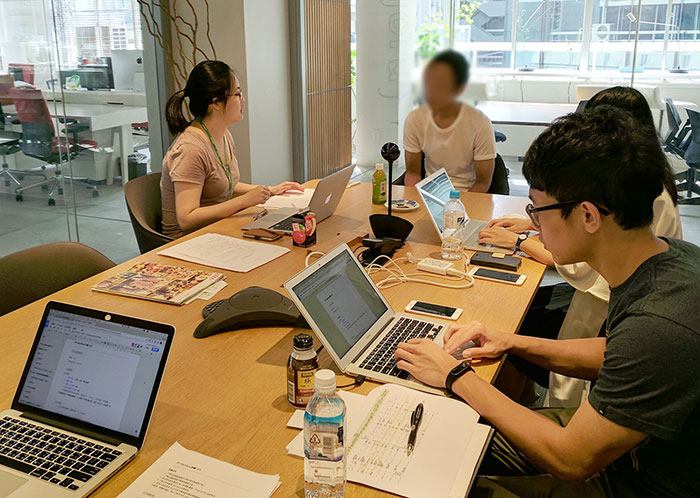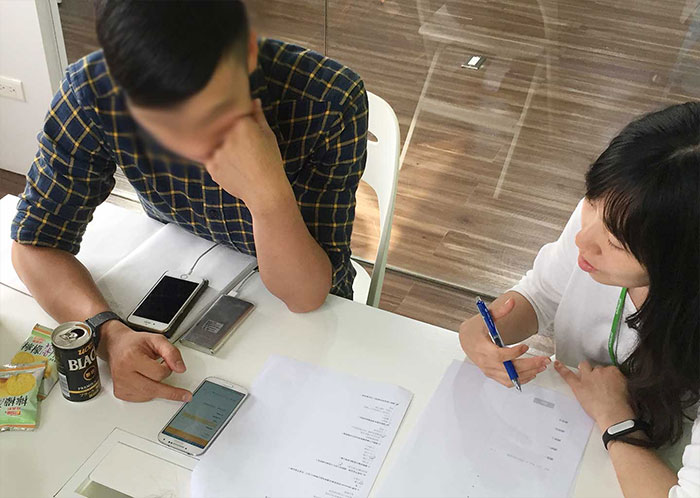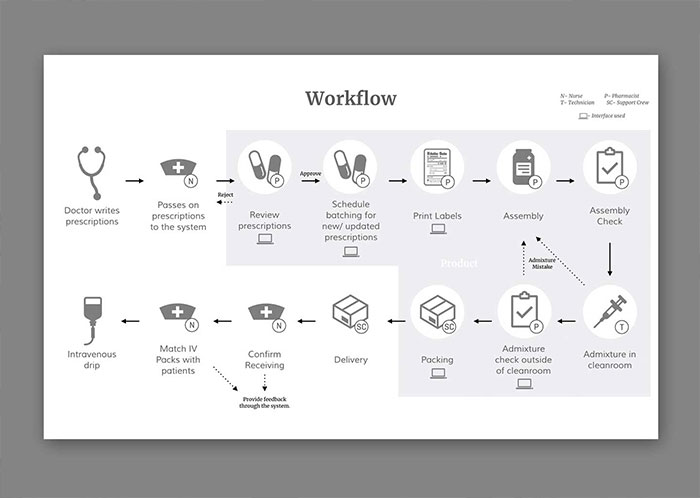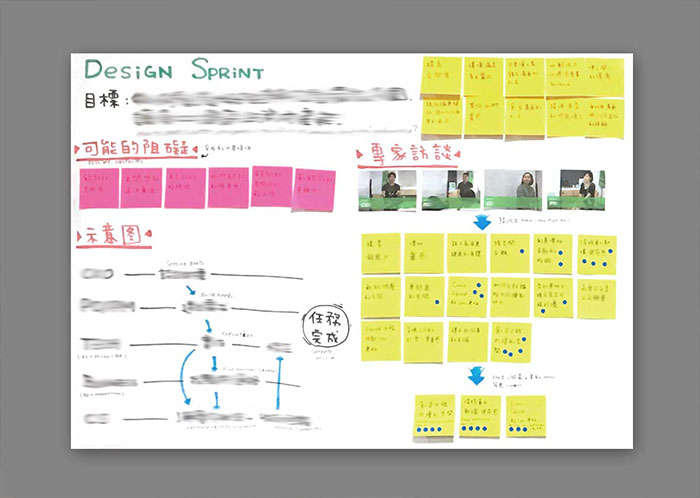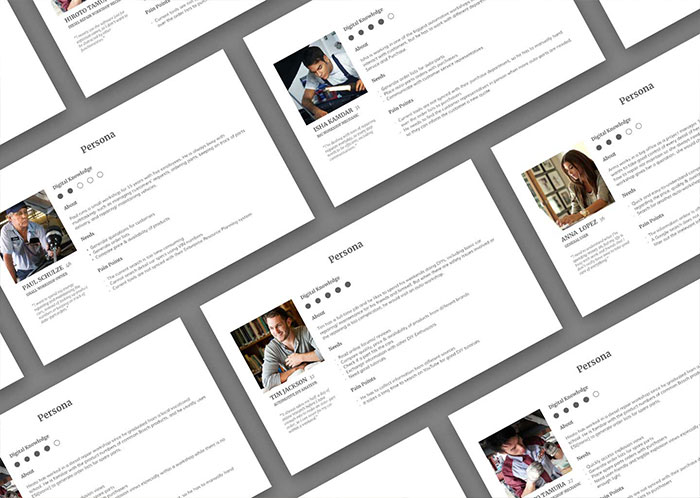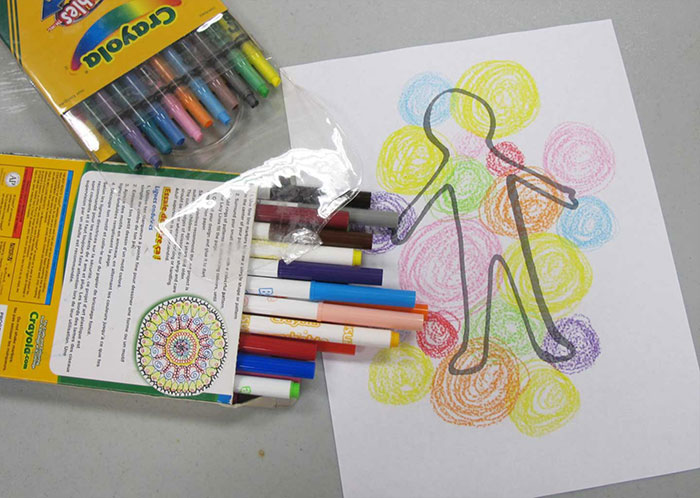/ UX
Using design methodologies flexibly to solve problems
In a busy workflow, applying design methodologies agilely allows me to systematically uncover the needs, behaviors, and pain points of the target audience and create effective solutions. User interviews, user flows, and personas often become critical components in my design process.
My design method toolkits includes…
User Interview
I often utilize user interviews to evaluate design decisions in the early stage or to conduct usability testings throughout the design process. When interacting with users from diverse cultures, we first try to understand the unique user characteristics of that culture. We then provide training for our hired translators to conduct interviews and perform real-time transcriptions on an online shared document. With the support of real-time transcriptions, we are able to ask follow-up questions immediately during the interview process.
Click Dummy Prototype
I use click dummy prototypes in various user interviews to stimulate discussions and validate my design solutions. It’s an excellent tool for identifying design issues before developers invest their time.
Task Flow & User Flow
Task flow and user flow help me to sort out complicated scenarios, especially after a long field research. In the medical and automotive projects I worked on, task flow and user flow also had played key roles in exploring new product possibilities as well as defining project scopes with other stakeholders.
Design Sprint
When I worked at MING Labs, we found that design sprints were a useful tool for reaching consensuses with clients and getting them involved in our thought process. Later, while working with my design team at Gogolook, I introduced the concept of design sprints by leading the team through all the steps with a defined problem.
Persona
Personas can be used to illustrate my assumptions about the target users, as well as the conclusions I draw from user research analyses. They also help me to visualize the users throughout my design process.
Participatory Brainstorming
I led a participatory brainstorming session for a school project in which we sought inspirations from our target audience through a series of activities. Since the project placed a strong emphasis on visualizing emotions, we invited the target audience to illustrate their feelings and interviewed them based on their outcomes.


